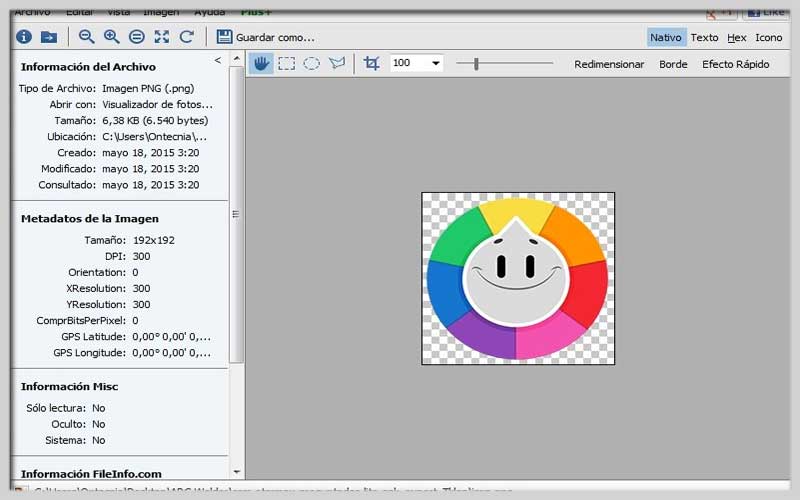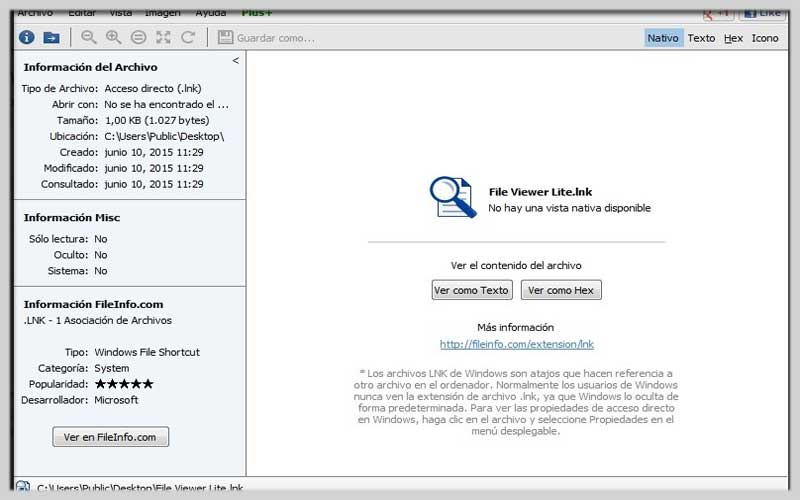File Viewer 1.5 Lite gives you support for more than 100 different Windows files. Open text documents, images, audios, videos, spreadsheets… whatever you want

Open any file in Windows using a universal tool designed for that purpose called File Viewer. With the latter, you’ll be able to access around 120 types of files, from PDFs or spreadsheets to dozens of audio and video formats.
Usually, there are dedicated apps for viewing different types of files. However, if you are looking for a viewer that allows you to view multiple file types, then you have come to the right article.
Here I will mention some good freeware that works as a popular file viewer for Windows 11/10. These programs allow you to view more than 100 different file formats. You can view a variety of document files, presentations, common images, camera raw images, videos, web pages, subtitle files, and more.
How does the file viewer work?
This app couldn’t be easier to use. Just drag and drop on the interface or icon of the program, it will be instantly recognized and executed depending on its features.
What types of files can you open?
Text documents.
Spreadsheet.
Picture.
Sound.
RAW image.
Font.
Web.
A file in an unknown format?
Unveiling Diverse File Formats: A Guide to Using File Viewer 1.5 Lite
File Viewer 1.5 Lite is a free and handy software utility that allows you to view a wide variety of file formats on your Windows PC. Whether you’re encountering an unfamiliar file extension or simply need a quick way to peek into a document without using its dedicated software, can be your solution. Here’s a breakdown on how to leverage this tool to open and explore different file types:
Getting Started:
Download and Installation: Head over to https://www.fileeagle.com/software or similar reputable websites to download the latest version of File Viewer 1.5 Lite. Be cautious of unfamiliar websites offering the software, sticking to trusted sources. Follow the on-screen instructions to install on your computer.
Launching the Application: Find in your Start menu or applications list and launch the program.
Opening Files with File Viewer:
There are two main ways to open files:
Drag-and-Drop: The simplest method is to drag and drop the file you want to open directly onto the File Viewer application window. If File Viewer supports the file format, it will automatically open and display the contents.
Open from File Menu: Alternatively, you can use the menu. Click on “File” in the menu bar and select “Open.” Navigate to the location of the file you want to view using the file explorer window, select it, and click “Open.” File Viewer will attempt to open the chosen file.
Supported File Formats:
File Viewer 1.5 Lite boasts support for over 150 different file formats, encompassing various categories:
Documents: View text documents (TXT, DOCX, PDF), spreadsheets (XLS, XLSX), presentations (PPT, PPTX), and more.
Images: Open common image formats like JPG, PNG, BMP, and even some camera raw formats.
Audio and Video: While not intended for extensive media playback, can display basic information and potentially play some audio/video formats.
Archives: Unpack and view files from compressed archives like ZIP, RAR, and others.
Other Formats: File Viewer may also support additional file types like code files, web page files (HTML), and more.
Viewing and Interacting with Files:
Basic Viewing: Once a file is opened, will display its content in the main window. The level of detail and functionality will vary depending on the file format. For example, text documents will be fully readable, while image files will be displayed visually.
Limited Editing (Not Recommended): While not primarily an editing tool, might offer some basic editing capabilities for certain file formats like text files. However, proceed with caution as edits might not be saved or could corrupt the file. It’s recommended to use dedicated software for editing purposes.
File Information: might display some basic information about the file you’ve opened, such as file size, creation date, and file type.
Well, to a certain extent it doesn’t really matter, because even if the program does not have native support for this file type, it allows you to view its contents in hexadecimal format.
Screenshots




FULL SPECIFICATIONS
7/8/10/11













